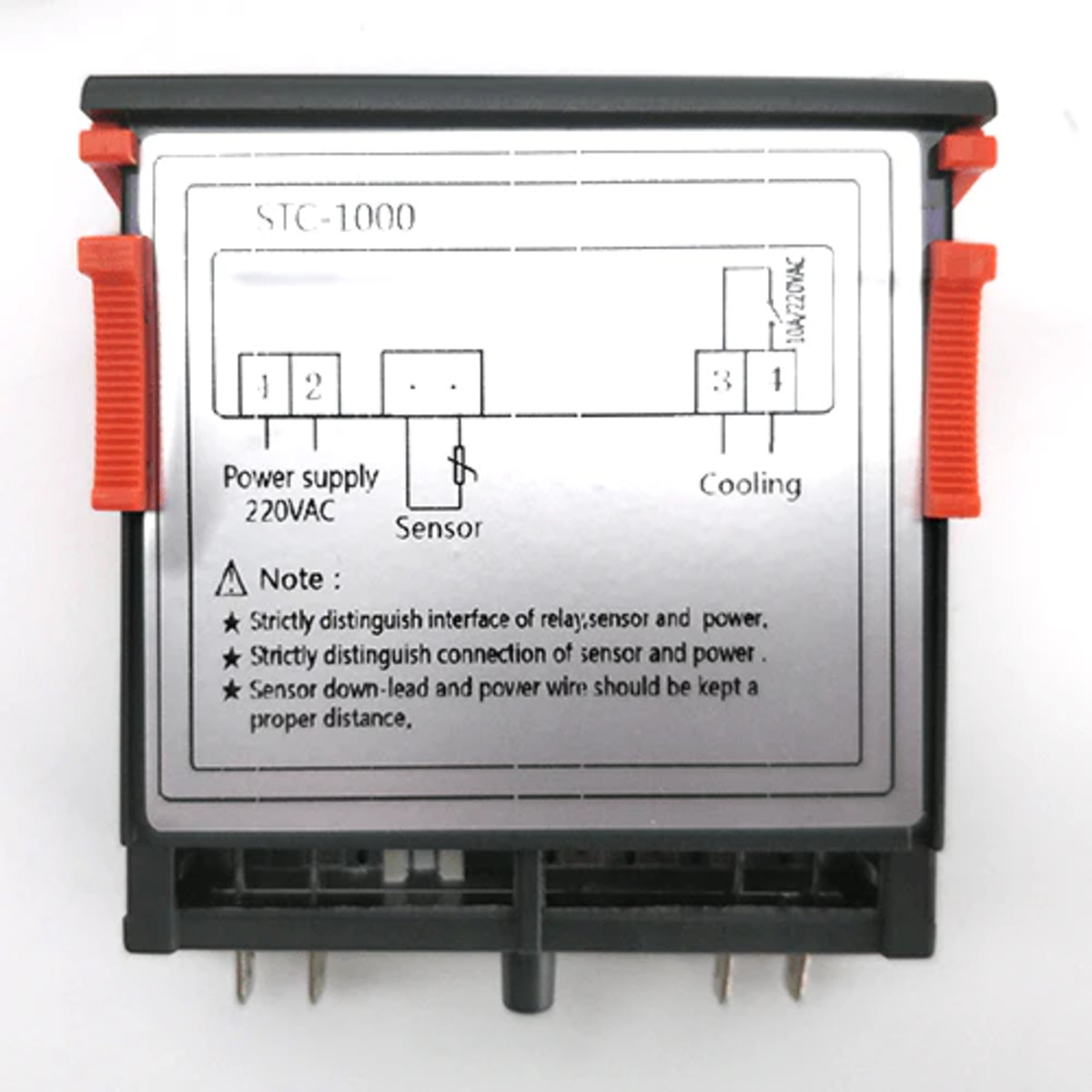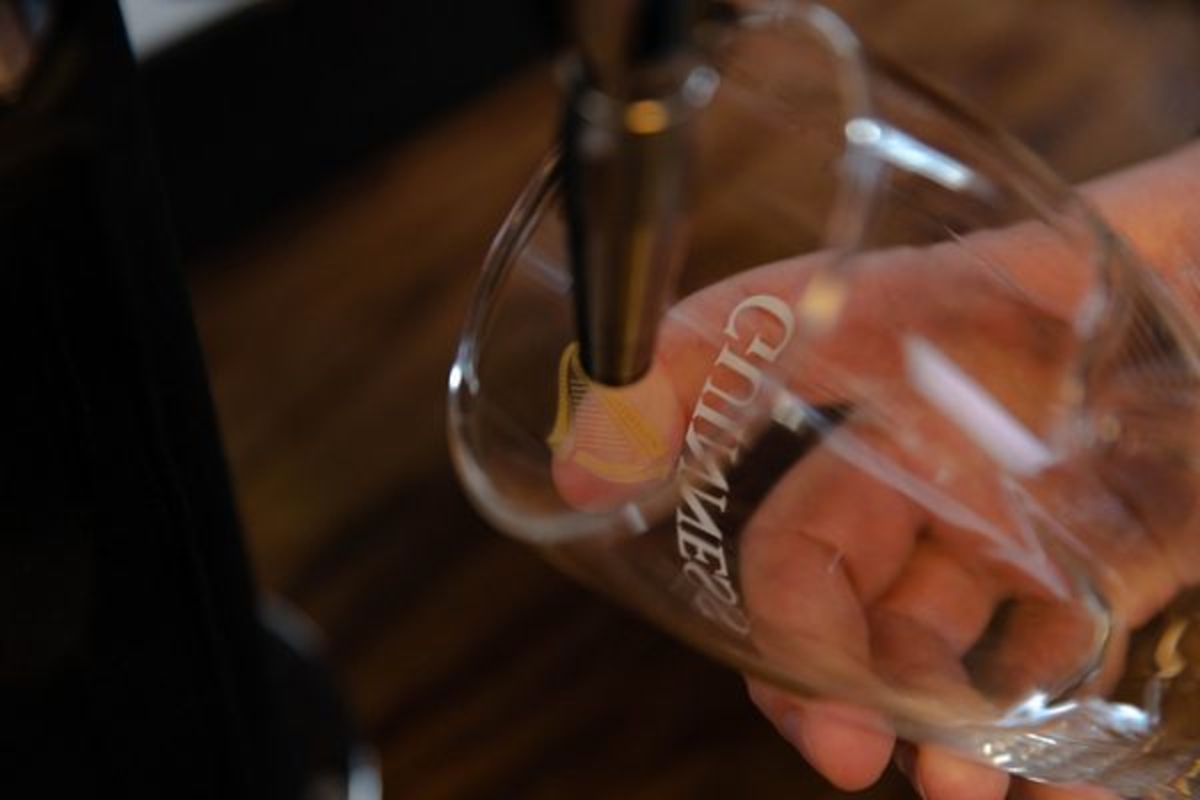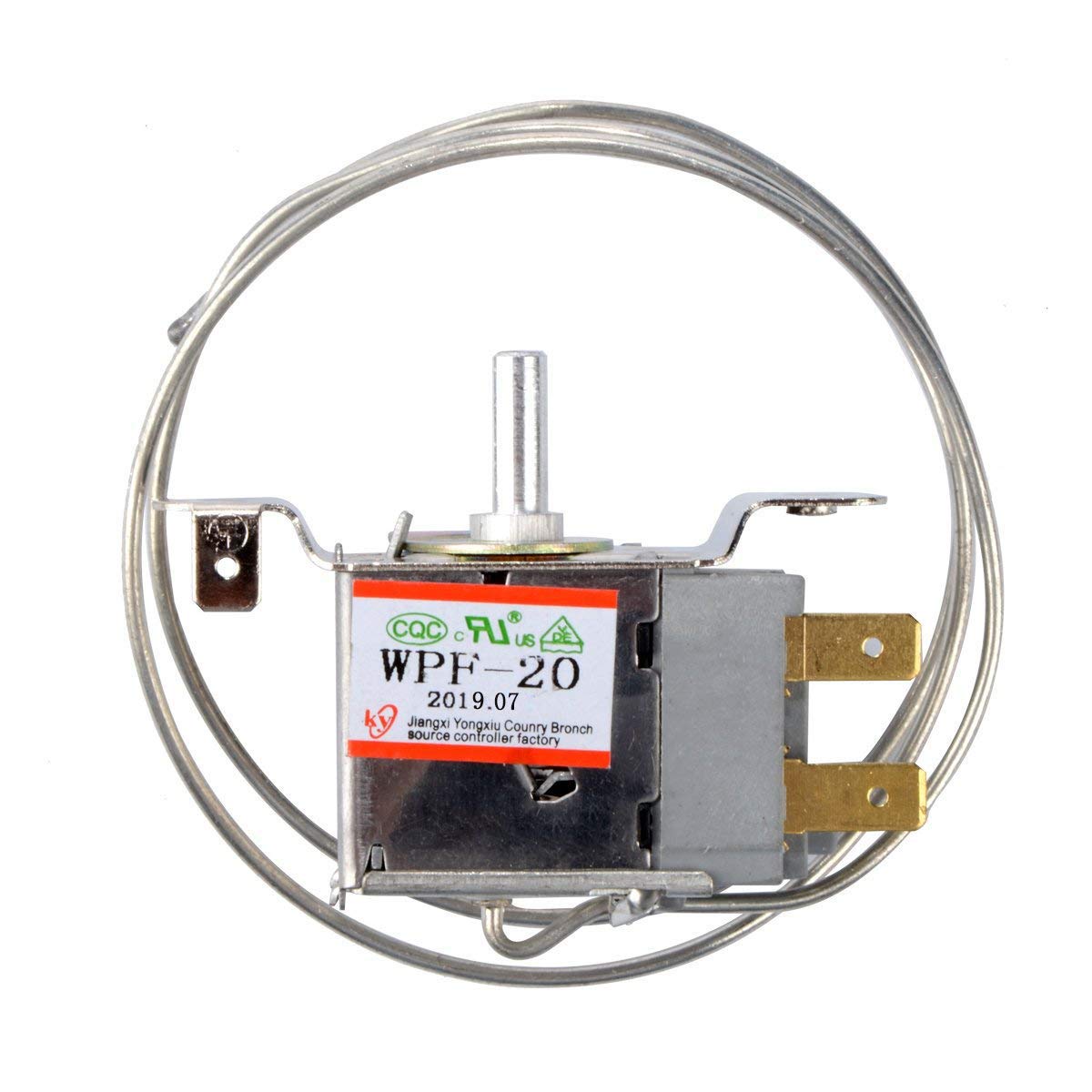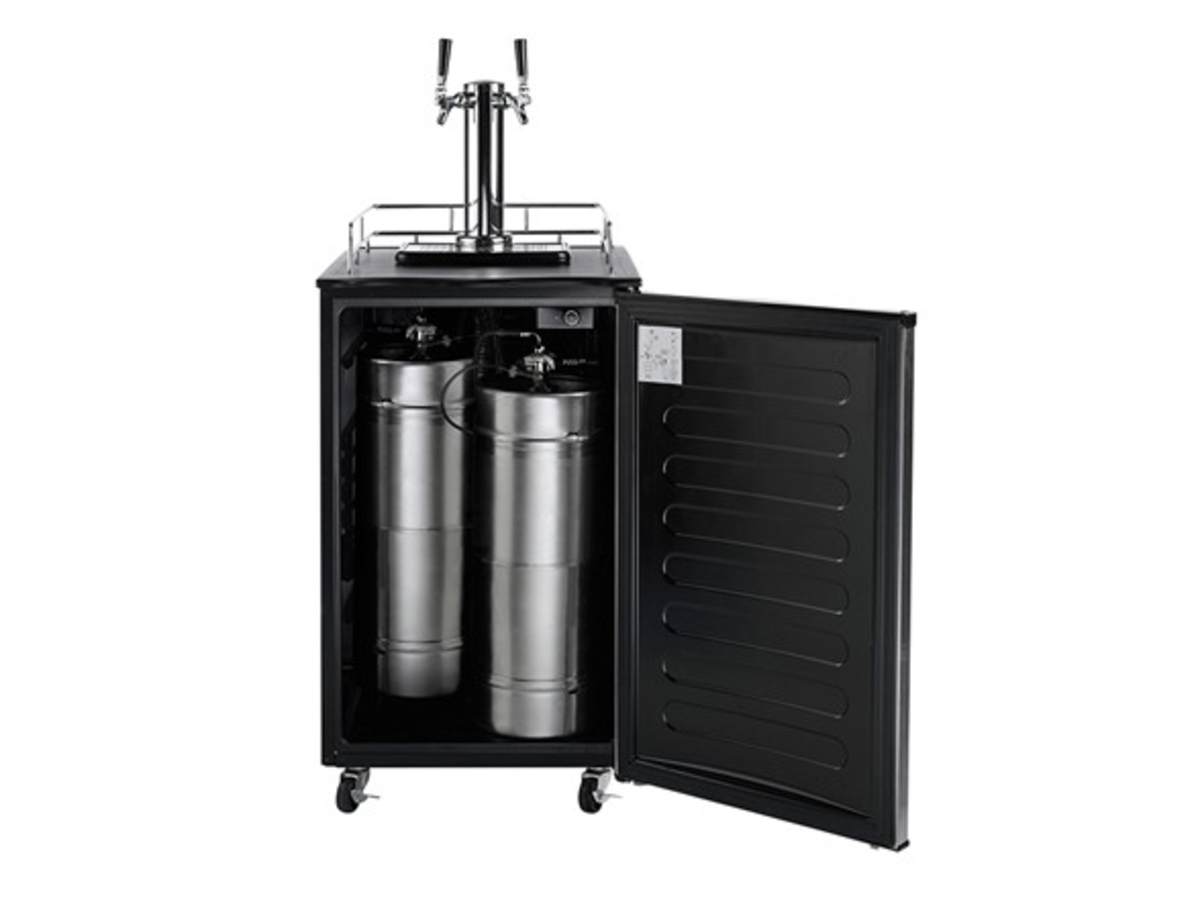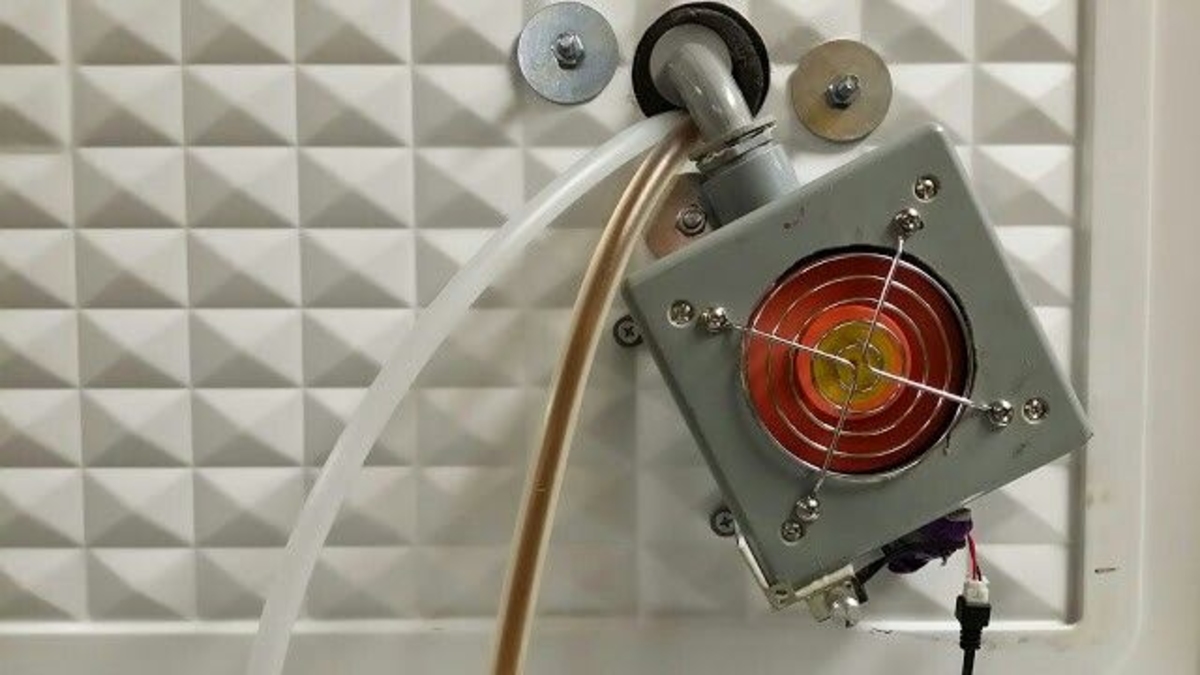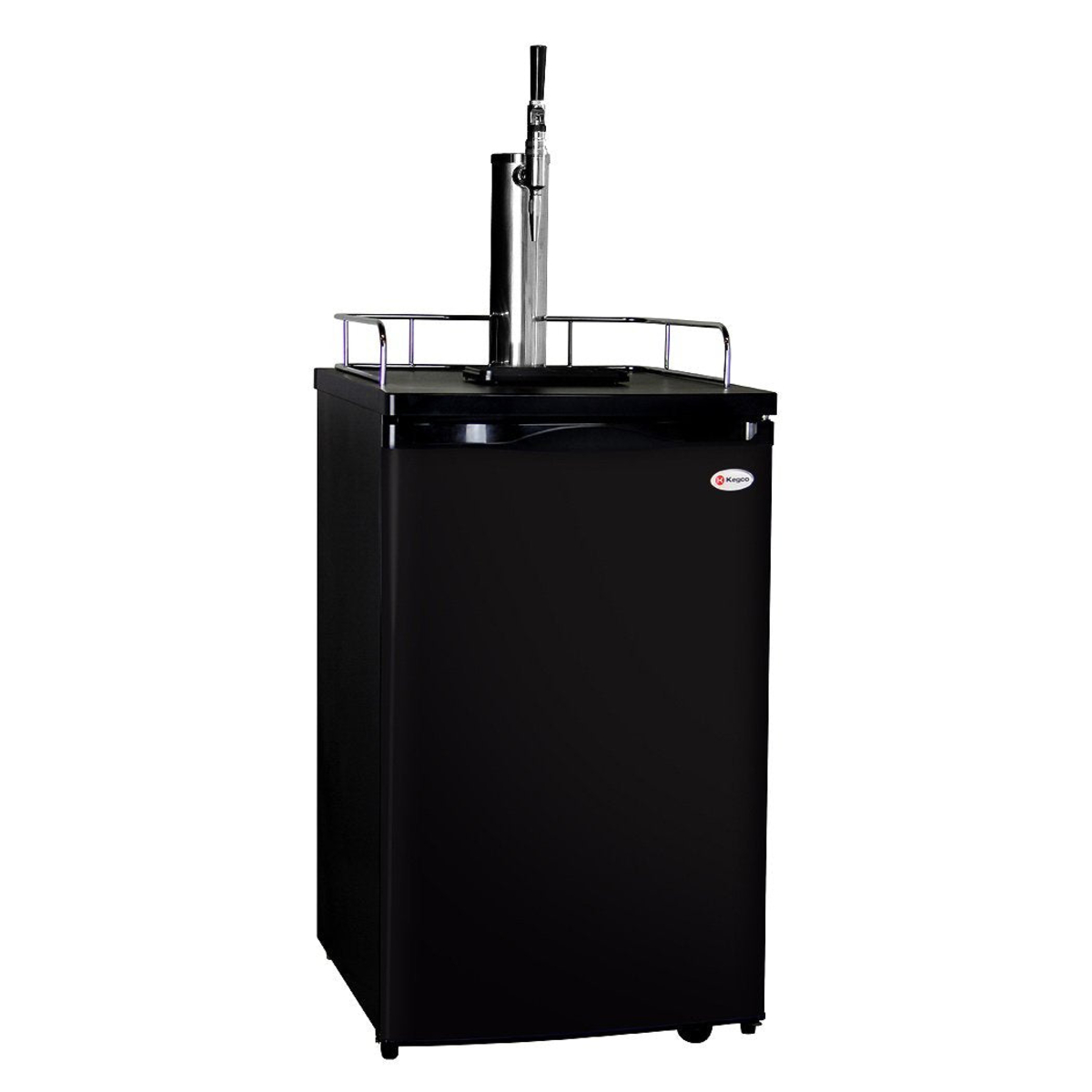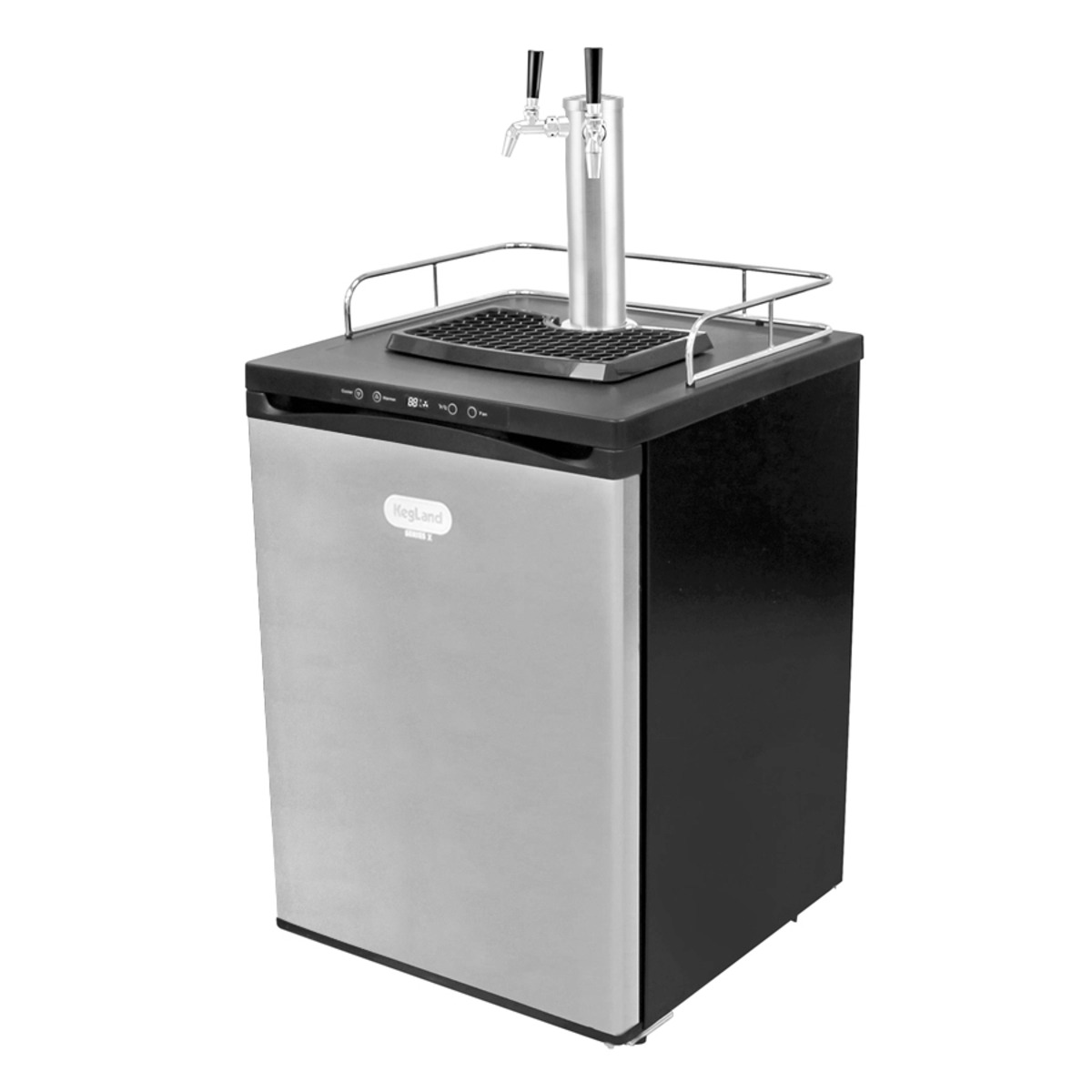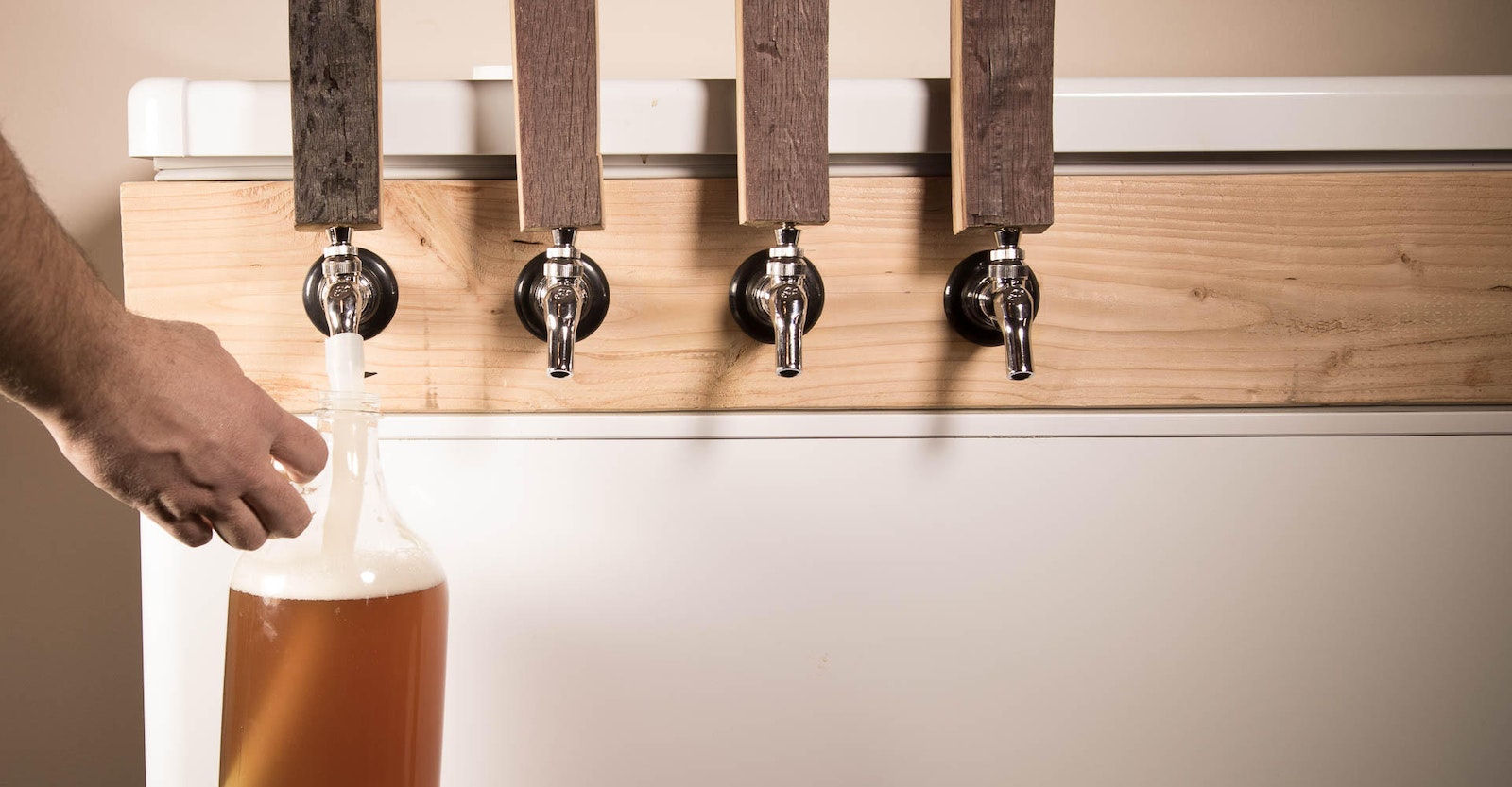Home> How To Kegerator
How To Kegerator: Ultimate Guide for the Best Home Brewing Experience
Uncover the secrets of How To Kegerator in our comprehensive guide. Boost your home brewing skills to a new level – fix, maintain, and enjoy!
What Is The Best Sensor Placement For A STC 1000 Kegerator
By: Henry Campbell • 100 Best Kitchen Furniture To Make Your Cooking Hassle-Free
How To Create Your Very Own Guinness Kegerator
By: Daniel Carter • 100 Best Kitchen Furniture To Make Your Cooking Hassle-Free
How To Install A Mercury Thermostat In A Kegerator
By: William Harrison • 100 Best Kitchen Furniture To Make Your Cooking Hassle-Free
What Size Co2 Tank For A Kegerator Nostalgia
By: James Anderson • 100 Best Kitchen Furniture To Make Your Cooking Hassle-Free
How To Install A Fan Inside A Kegerator
By: William Harrison • 100 Best Kitchen Furniture To Make Your Cooking Hassle-Free
How To Fill A Growler Using Your Kegerator
By: William Harrison • 100 Best Kitchen Furniture To Make Your Cooking Hassle-Free
